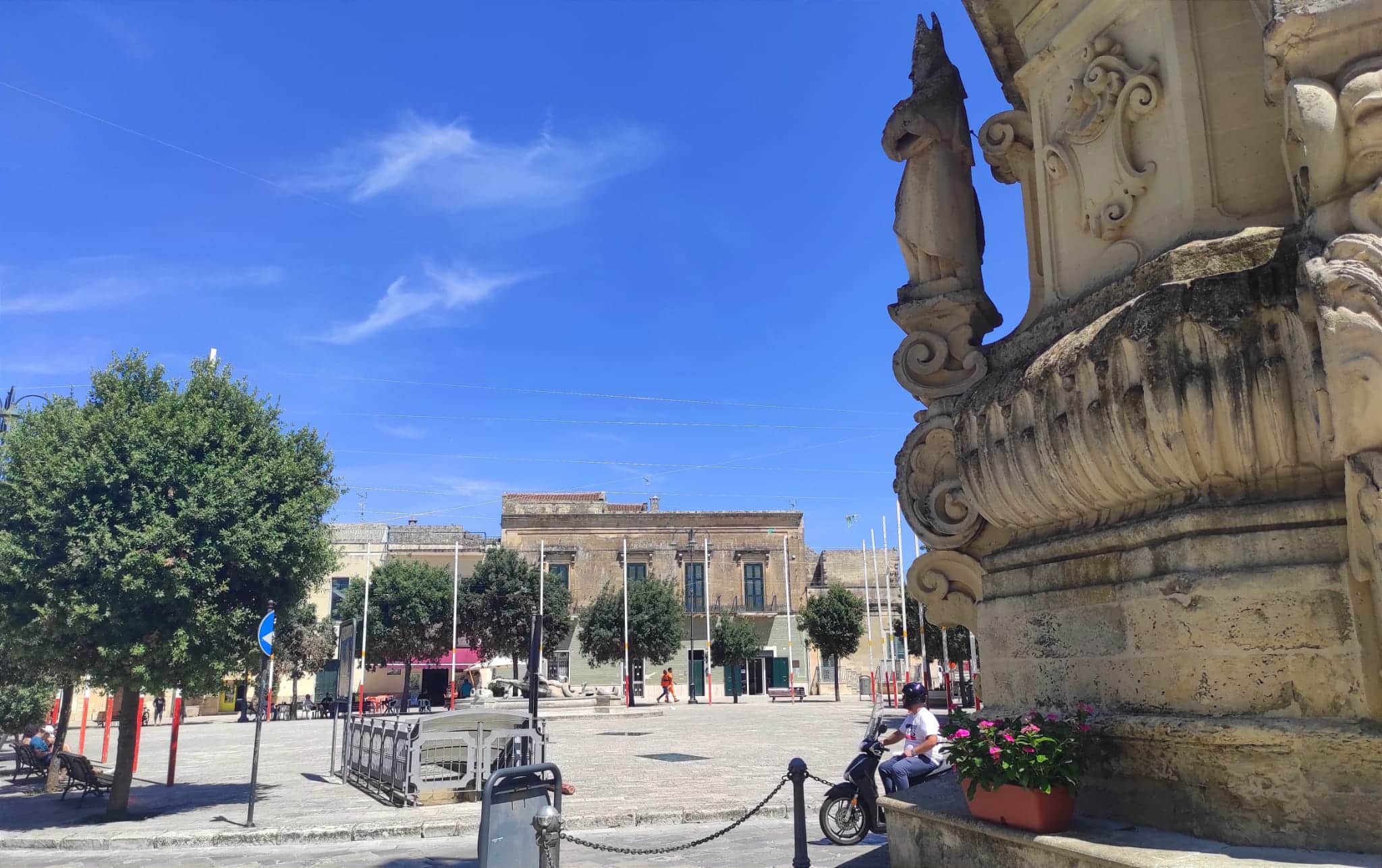Cart
13
Quantity
18,00 €
Quantity
4,00 €
Quantity
4,00 €
Quantity
22,00 €
Quantity
16,00 €
Quantity
18,90 €
Quantity
4,00 €
Quantity
5,00 €
Quantity
5,00 €
Quantity
4,00 €
Quantity
5,00 €
Quantity
5,00 €
Quantity
5,00 €
Product You May Also Like
Payment details
Sub Total
181,90 €
Shipping
Free!
Total
181,90 €
Apply

 Nula
Nula
 Hot Pepper Taralli
Hot Pepper Taralli
 Fennel Taralli
Fennel Taralli
 Olio d'Oliva E.V. 500 cl.
Olio d'Oliva E.V. 500 cl.
 Sciana
Sciana
 Amore DI Puglia Pillow
Amore DI Puglia Pillow
 Classic Taste Taralli EVO
Classic Taste Taralli EVO
 Country Orecchiette
Country Orecchiette
 Strong Haiku
Strong Haiku
 Taralli all'Uvetta e Cipolla
Taralli all'Uvetta e Cipolla
 Maccheroni Pasta
Maccheroni Pasta
 Sagnette Pasta
Sagnette Pasta
 Orecchiette Pasta
Orecchiette Pasta

















Leave a comment